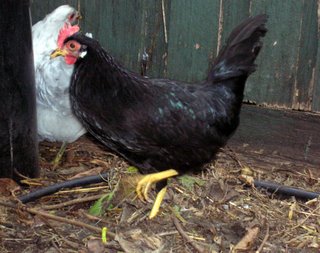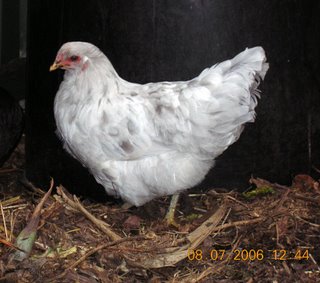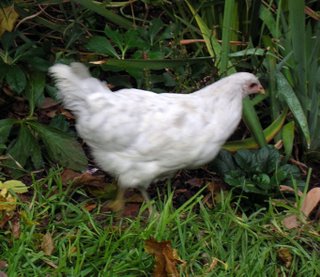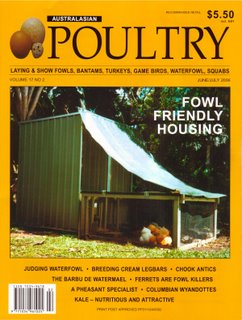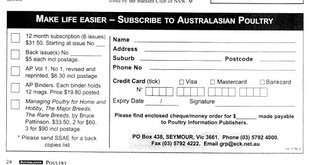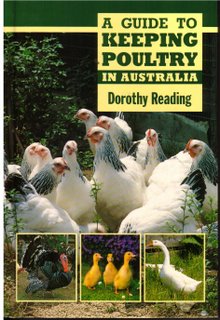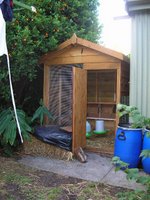
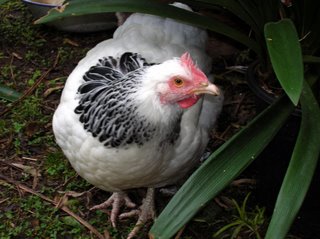
Most people can recognise the distinctive white plumage of the Light Sussex, but the oldest strain is the Speckled. They also exist in Silver, Buff, Red and Brown. They are a general purpose breed for producing meat and eggs. They are one of the best of the dual purpose chickens, a good all-around farm fowl.
Sussex originated in the county of Sussex, England where they were prized as a table fowl more than 100 years ago. They continue to be a popular fowl in Great Britain and the light variety has figured prominently in the development of many of their commercial strains. Sussex is one of the oldest breeds that is still with us today in fair numbers.
Sussex are alert, attractive and good foragers, and they have rectangular bodies. Sussex go broody and make good mothers. Their eggs are a very light brown or cream and known as tinted. They combine both exhibition and utility virtues are more popular in Canada, England and Australia. Sussex fowls featured in the first poultry show in 1845.
HistoryThe Sussex originated in the county of Sussex. They were prized table birds more than 100 years ago. The original colours were brown, red and speckled. The Sussex today is still a very popular breed to keep. Bred to be a dual purpose bird, it is one of the most productive breeds we have today. The hen will lay around 260 large eggs that are cream to light brown in colour. The Sussex is one of the oldest breeds that are still in existence today.
BehaviourThe Sussex chicken is an alert but docile breed that can adapt to any surrounding easily. They are good foragers. Whilst they are quite happy to be free range, they will also be fine if kept in a confined space. They can occasionally but not very often go broody. The speckled is the most likely of the breed to do this.
VarietiesThe colours found in Sussex chickens are brown buff, light red, speckled, silver and white. The Sussex chicken whatever its colour should be graceful. The eyes are red in the darker varieties but are orange in the lighter ones. They have a medium sized single comb. The earlobes are red and the legs and skin are white in every variety. The brown and red varieties are rare now with the other colours being quite common.
Egg Colour: Tinted
http://www.omlet.co.uk/breeds/breeds.php?breed_type=Chickens












